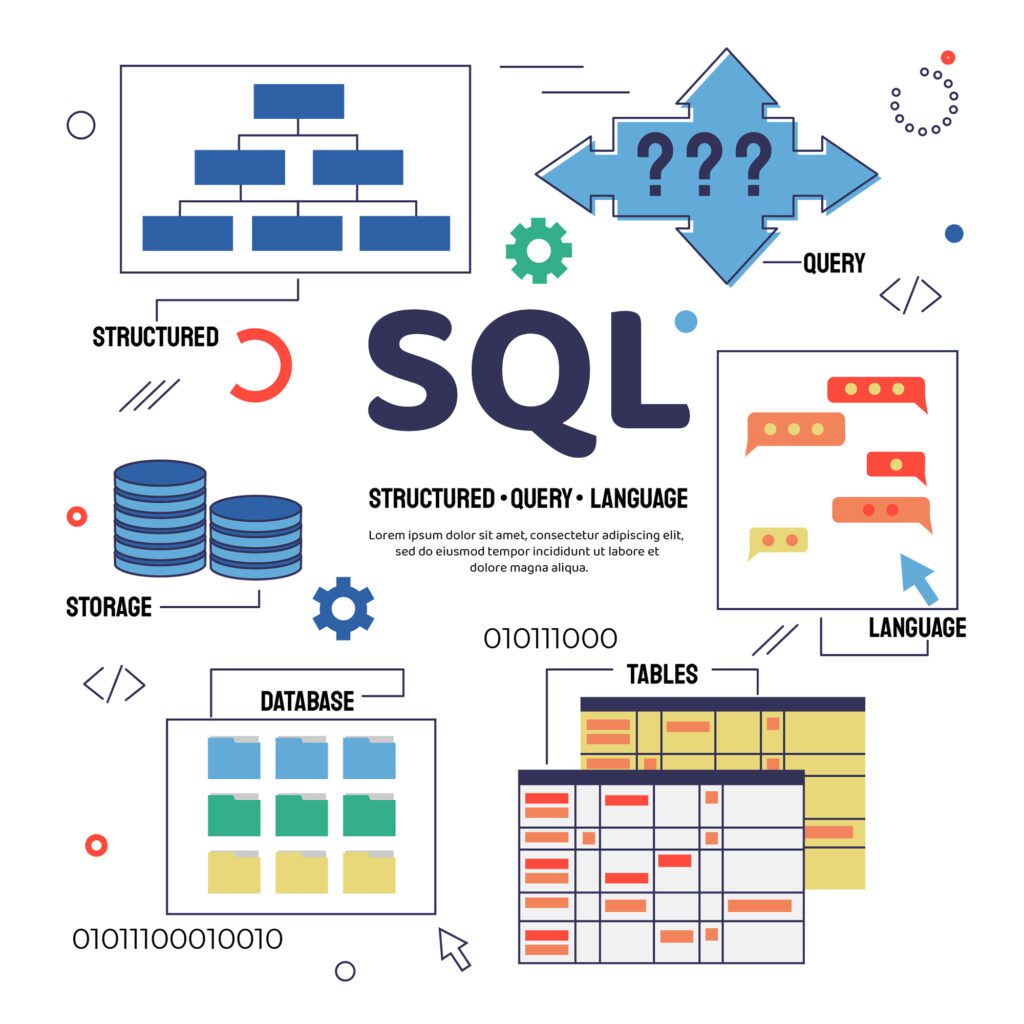
In the ever-evolving landscape of data management, SQL Server Data Tools (SSDT) emerges as a pivotal force, providing developers and administrators with a robust suite of features for efficient development, deployment, and management of SQL Server databases. In this comprehensive guide, we delve into the intricacies of SSDT, exploring its functionalities and demonstrating how it stands as a game-changer in the realm of database solutions.
Understanding the Essence of SQL Server Data Tools
What is SQL Server Data Tools?
SQL Server Data Tools is an integrated development environment (IDE) that empowers developers to design, develop, and manage SQL Server databases seamlessly. It integrates with Visual Studio, offering a familiar and powerful environment for database development.
Key Features and Capabilities
Schema Comparison and Synchronization
One of the standout features of SSDT is its Schema Comparison and Synchronization capabilities. Developers can effortlessly compare database schemas, identify disparities, and synchronize changes with unparalleled ease.
Data-tier Applications
SSDT introduces the concept of data-tier applications (DAC), enabling the packaging of database schema and related objects into a single unit. This facilitates streamlined deployment and version control, elevating the efficiency of database development.
Advanced Debugging and Testing
With SSDT, developers can conduct advanced debugging and testing directly within the IDE. This includes the ability to simulate real-world scenarios, ensuring robustness and reliability in the final deployment.
The Seamless Development Workflow with SQL Server Data Tools
Efficient Database Design
SSDT offers an intuitive interface for designing databases. Developers can create and modify tables, views, stored procedures, and more, with real-time feedback on the potential impact of changes.
Version Control Integration
In the collaborative world of software development, version control is paramount. SSDT seamlessly integrates with popular version control systems like Git, providing a smooth collaborative experience for development teams.
Automated Build and Deployment
Streamline your development process with SSDT’s automated build and deployment capabilities. This ensures consistency and reduces the risk of errors during the deployment phase.
Overcoming Challenges with SQL Server Data Tools
Addressing Performance Concerns
Some users may express concerns about performance bottlenecks while working with SSDT. However, judicious optimization of project settings and leveraging SSDT’s built-in performance tuning features can mitigate these challenges effectively.
Navigating Compatibility Issues
In a diverse IT environment, compatibility concerns may arise. SSDT addresses this by providing flexible options for managing compatibility levels, ensuring smooth collaboration across different SQL Server versions.
Staying Ahead in the Data Management Game
Continuous Updates and Improvements
Microsoft, the driving force behind SQL Server Data Tools, consistently rolls out updates and improvements. Staying abreast of these enhancements ensures that developers leverage the latest features and optimizations for an unparalleled database development experience.
Community Support and Resources
The thriving SSDT community serves as a valuable resource for developers seeking guidance and solutions to specific challenges. Engaging with this community fosters knowledge-sharing and enhances your proficiency with SSDT.
Top 5 FAQs About SQL Server Data Tools
1. What is SQL Server Data Tools (SSDT), and how does it differ from SQL Server Management Studio (SSMS)?
SQL Server Data Tools is an integrated development environment (IDE) specifically designed for database developers to design, develop, and manage SQL Server databases. While SSMS focuses on administration tasks and query execution, SSDT is tailored for the end-to-end development lifecycle, providing a dedicated space for schema design, debugging, and version control.
2. How does SSDT streamline the database development process?
SSDT streamlines the development process by integrating seamlessly with Visual Studio, offering a familiar interface for developers. It supports advanced features such as schema comparison and synchronization, data-tier applications for packaging database schema, and automated build and deployment. These capabilities enhance collaboration, version control, and ensure the reliability of the developed databases.
3. Can SSDT handle performance optimization, and how does it address compatibility issues across SQL Server versions?
Yes, SSDT provides tools for performance optimization, allowing developers to fine-tune their projects for efficiency. Additionally, it offers flexibility in managing compatibility levels, enabling smooth collaboration across different SQL Server versions. Users can navigate potential performance bottlenecks by optimizing project settings and utilizing built-in performance tuning features.
4. How does SSDT contribute to efficient debugging and testing of database applications?
SSDT facilitates advanced debugging and testing directly within the IDE. Developers can simulate real-world scenarios, identify issues early in the development process, and ensure the robustness of their database applications. This integrated testing environment enhances the overall quality of the developed databases.
5. What resources are available for support and continuous learning about SSDT?
Microsoft maintains an active and supportive community around SSDT, offering a wealth of resources for developers. Continuous updates and improvements are rolled out, keeping users informed about the latest features and optimizations. Engaging with the SSDT community, exploring documentation, and participating in forums contribute to a rich learning experience and effective problem-solving.
Conclusion
In conclusion, SQL Server Data Tools emerges as a pivotal tool in the arsenal of database developers and administrators. Its seamless integration with Visual Studio, robust features, and continuous improvements make it a go-to solution for efficient database development and management.
